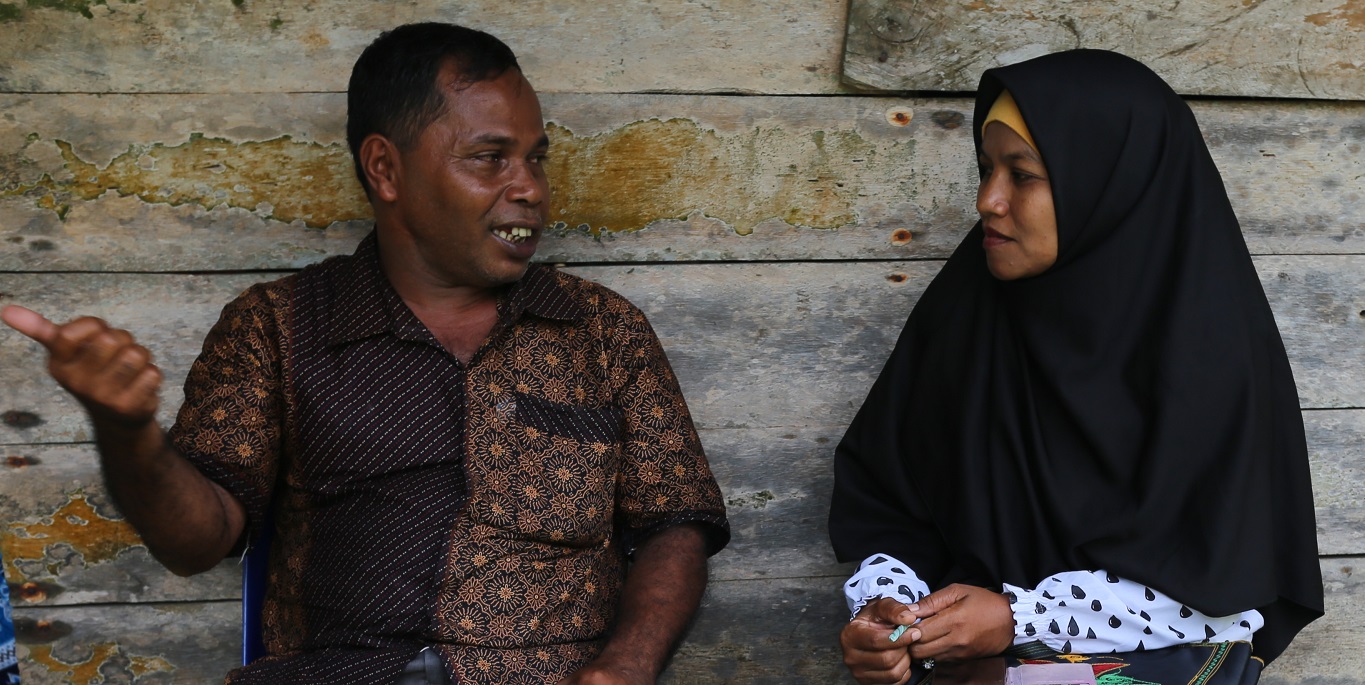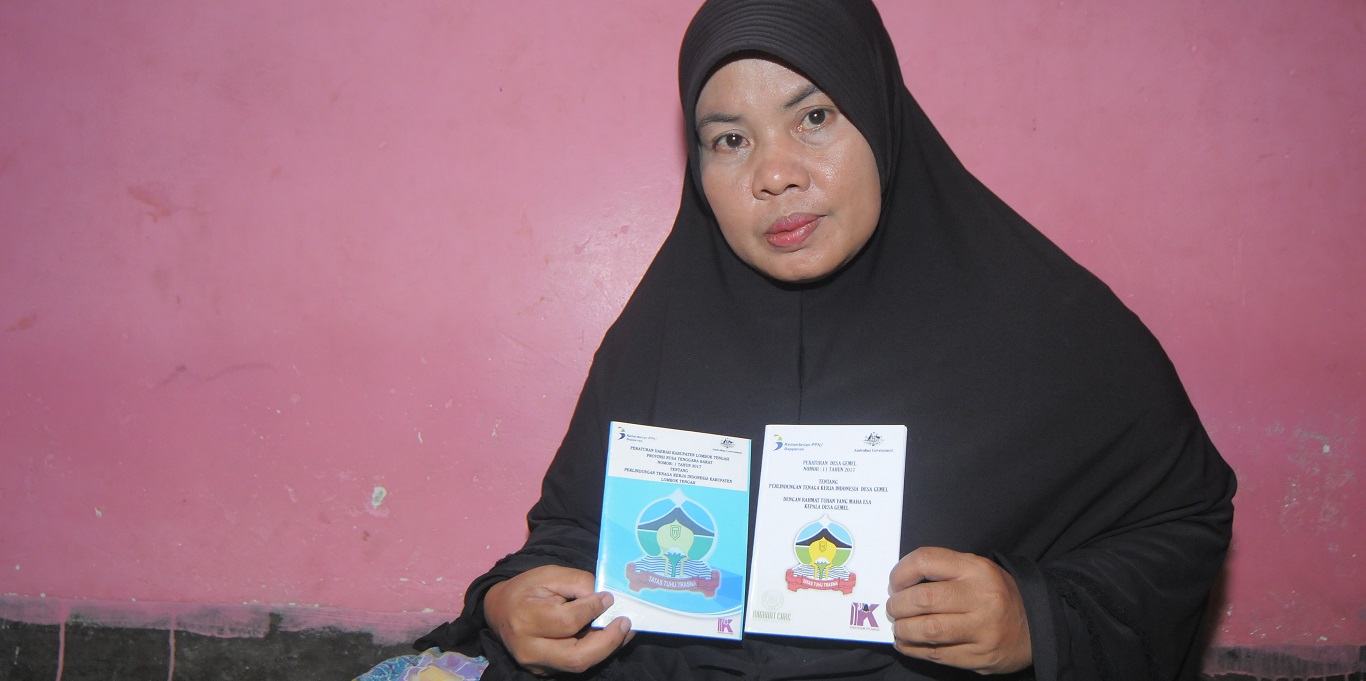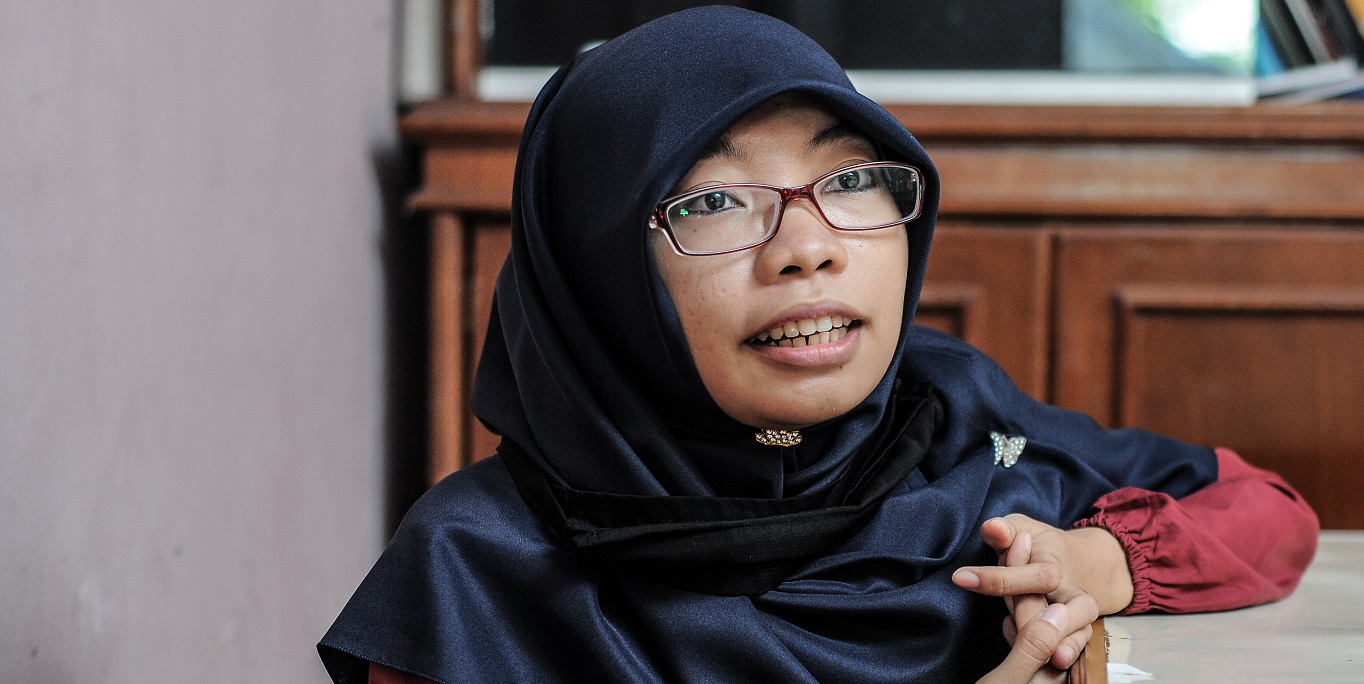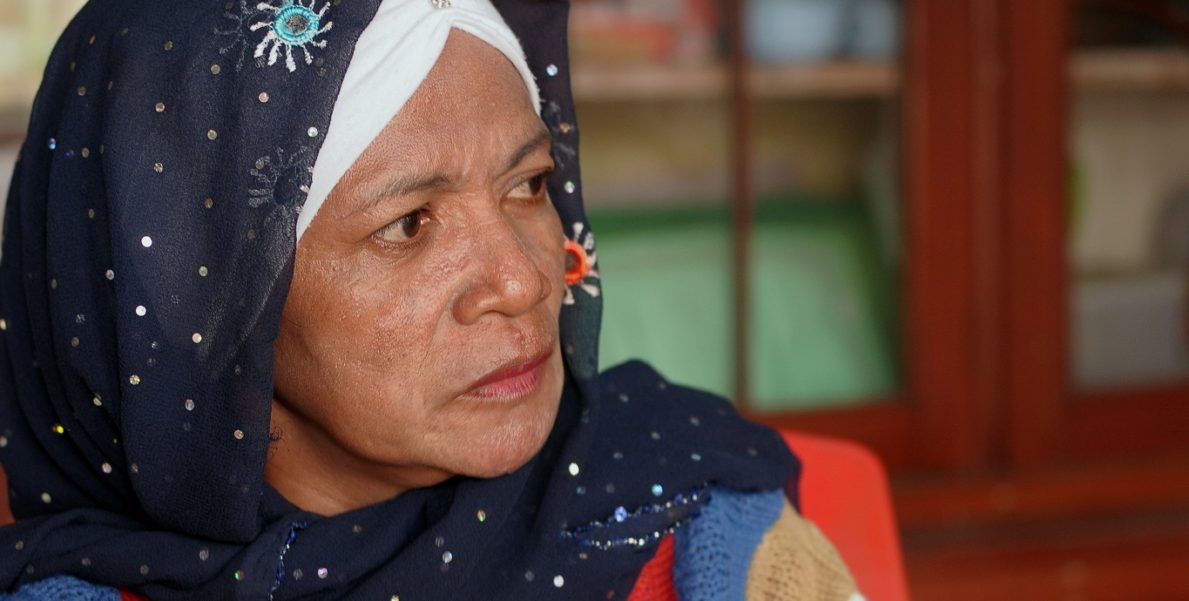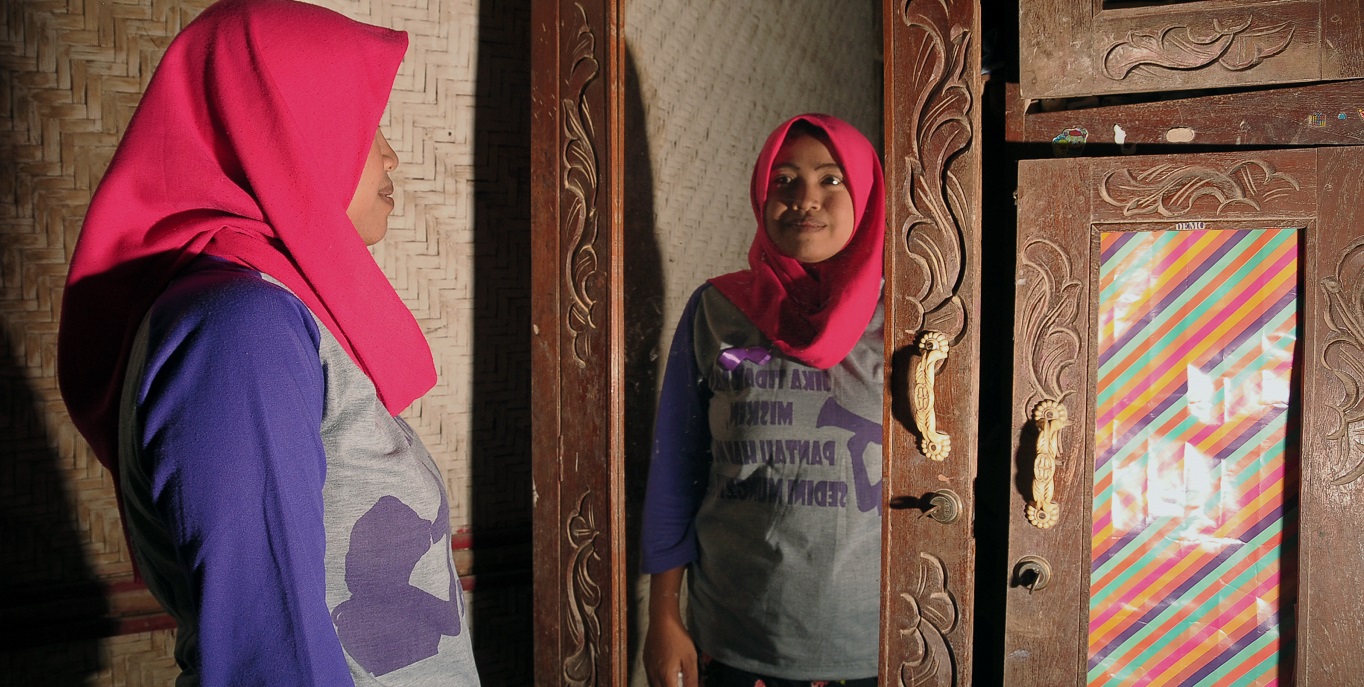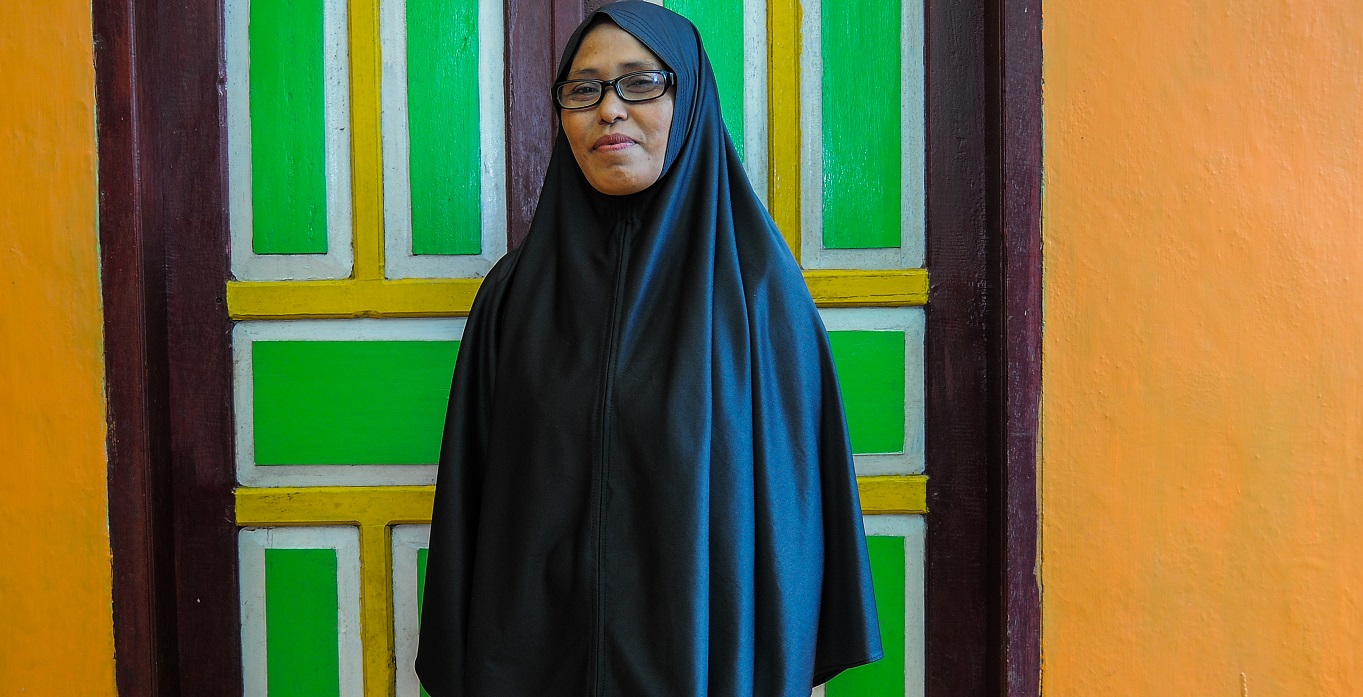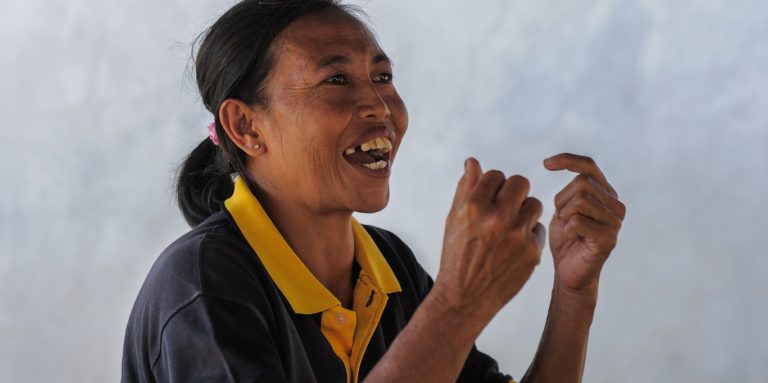Stories
When Government and NGOs Become Good Friends
31 December 2017Penulis: admin
ANDI Ratnawati—commonly known as Kak Ratna—believes that validated and verified data are an important foundation for the implementation of well-targeted policies. “It’s simple. For instance, when you’d like to help the poor, you need to know what they really need. There was a time when people were given gas cylinders to help them out. Or course, the people in the community accepted them, but when the gas ran out, they never filled the cylinders again because they didn’t have enough money. It would have been better for them to have looked for some firewood,” Ratna explained.
As Bappeda’s Head of Economic Planning and Statistics in Bone Regency, South Sulawesi, Ratna is well aware of the obstacles faced by the government when their plans for aid or development miss their targets. “We are used to getting our poverty data from PPLS (Social Protection Program) regarding who is entitled to receive social security. However, it turns out that when we go out into the field, there are more people who are poorer and more entitled to receive assistance, but their names are not listed in the database.”
Data mismatch like this frustrates Ratna. “We have rural poor, urban poor, poor people on the coast, and poor people in the uplands. Their poverty is, in each case, different, and they need different kinds of aid,” she explained. “Who knows more about poverty in an area than the local people themselves? Census staff are only brought in to collect data, but those who understand the most about the poor people in an area are the people who themselves live in those villages.”
Based on this idea, Ratna decided to hold workshops to train local people in collecting poverty data from their own villages. “Later on, there will be some staff from Bappeda who will go into the field to work closely with them,” said Ratna. By empowering the community to collect data and verify the existing poverty database, she intends to make the assistance and social security provided by the government more well-targeted.
“Incorrect data can also become a problem for the government,” said Ratna. “For instance, there are names of people who get raskin (donations of rice to the poor), but there is Minah who is very poor and needs help—and yet she doesn’t get raskin. So the people are complaining—but if they go to the police and file a report, they are afraid that they’ll get into trouble. So together with the community, we are trying to overcome this.”
Apart from training the local people to collect poverty data in their own villages which can be compared to the data obtained from the central government, Ratna has also taken the initiative of conducting focus group discussions (FGDs) in targeted areas—working hand-in-hand with community organizations and non-governmental organizations.
“We read the names of those entitled to receive assistance, and the people who gather can give feedback directly: oh, why is his name on the list? It’s true his house is not good, but he has a rice field, and he owns a motorbike. He has plenty of land. And, for example, they will give a suggestion: why not help this other person? They are more in need. This also becomes an input for us because it turns out there is a mismatch between the data we have and the actual conditions in the community. As a government, we need to listen to this. In the future, the input we collect can be used for comparison, and we can also correct the existing data.”
Ratna does not hesitate when adding or replacing the names of people receiving assistance from the central government if they do not match up with the real conditions in the field. “Well, if we have 50 aid recipients in a village, and it turns out that the local people find another person that truly needs help urgently, then we make that person into a priority,” said Ratna. “So even if his or her name is not listed by the central government, we add their name so they can get assistance, and later on we make a report about this, because we have verified the fact that he or she truly needs the help.”
Ratna’s position is indeed unique. Not only does does this woman serve as Bappeda’s Head of Economic Planning and Statistics in Bone Regency, she is also the Director of the Centre for Women’s Empowerment (LPP) in Bone—a non-governmental organization that is active in empowering local communities and gathering various inputs and complaints about government policies that are not well-targeted. It seems like Ratna has one foot in two different camps—one in the government, and one in the world of community organizations.
“People ask me all the time, whether my job at Bappeda interferes with my work at LPP. But by being here, I can help to fight for LPP’s program as well. The same goes for Bappeda. By being active in the community, I can provide inputs to my colleagues at Bappeda about what is actually being experienced by the comminity,” said Ratna. “So I can be a bridge between the government and community organizations, helping them to communicate and synergize. They are all good friends.”
Alongside LPP Bone, Ratna helps to support women and the poor to have their voices represented in the District’s Musrenbang (community deliberation over development planning). “Previously, when there were meetings like this, women were not present,” said Ratna. “So Bappeda helped by issuing a technical directive that the District’s Musrenbang should comprise 30% women and involvement of the poor.”
Ratna hopes that the innovation that she has launched together with the community can help Bappeda come up with a data-based development plan—as opposed to an assumption-based one. “For instance, some institutions want to provide assistance or training, but they can check our data first so they know how they can help or what kind of trainings they should be giving. For instance, do the people in the area want to engage in farming but have no land? Or, for a lot of them, is their poverty handed down from generation to generation? Or if they want to donate livestock, to which area should they donate it, and which animals are needed? Which animals are suitable for the coastal areas? They can consult our data and see what the local needs really are.”
Today, there are still more than 20,000 poor people spread across 27 Districts and 372 Villages in Bone Regency, or around 11.28% of the population. The people in the coastal areas are the ones with the highest poverty rate.



